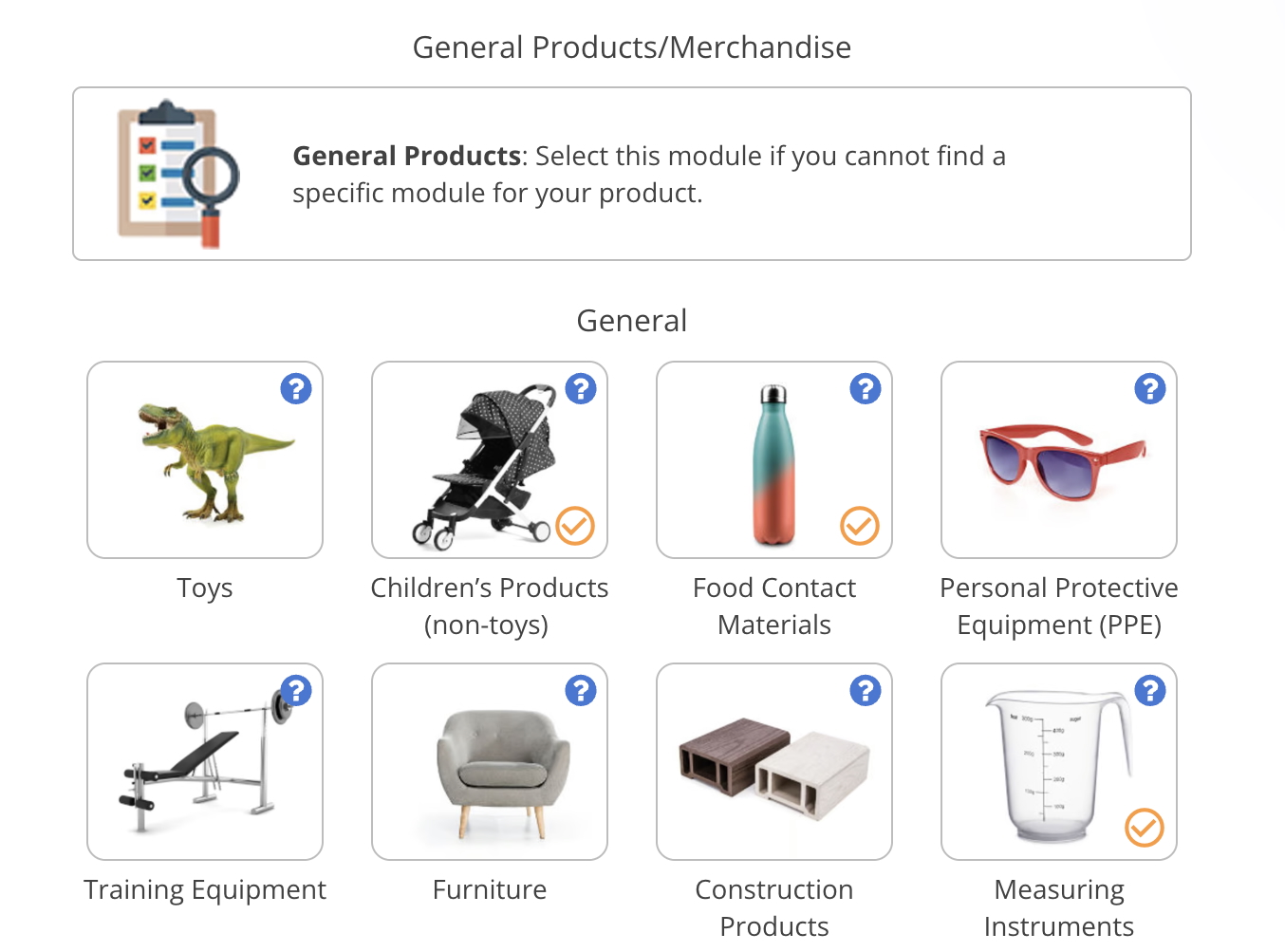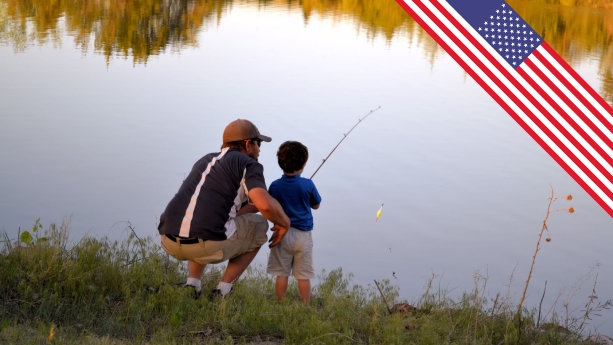
Fishing gear imported to and manufactured in the United States is subject to various regulations and other compliance requirements. Examples include California Proposition 65 and the CPSIA.
The applicable compliance requirements depend on the intended age group, materials, where you sell the products, and other factors explained in this article.
Related products
- Fishing rods
- Fishing nets
- Fishing bobbers
- Fishing lures
Content Overview

FREE CONSULTATION CALL (30 MIN)
 Ask questions about compliance requirements
Ask questions about compliance requirements Countries/markets:
Countries/markets:
 Learn how we can help your business
Learn how we can help your business
You will speak with:Ivan Malloci or John Vinod Khiatani
Consumer Product Safety Improvement Act (CPSIA)
The CPSIA sets requirements for children’s products. This includes children’s fishing gear, such as:
- Fishing poles for children
- Fishing bobbers for children
- Fishing nets for children
Children’s products are subject to stricter safety standards and substance restrictions in the United States. This also applies to fishing gear intended for children.
CPSIA requirements
The CPSIA generally requires importers and manufacturers to:
a. Comply with requirements such as mechanical safety and substance restrictions
b. Get their product tested according to relevant standards by a CPSC-accepted laboratory
c. Affix a tracking label to the product
d. Create a Children’s Product Certificate
Recalls
We found several instances in which children’s fishing gear was recalled, which illustrates some of the risks specific to fishing gear for children:
a. Children’s fishing rod – recalled for violating the federal lead content ban
b. Children’s fishing pole – recalled for violating the federal lead content ban
c. Children’s fishing kit – recalled for small parts posing a potential choking hazard
More details on these recalls can be found at the end of this article.
California Proposition 65
California Proposition 65 sets restrictions on dangerous substances used in consumer products.
The materials used to manufacture fishing gear may contain substances restricted by California Proposition 65. Here are some examples of restricted substances and fishing gear where the substances could be found:
a. Lead – May be found in fishing sinkers and tackle products
b. Phthalates (DINP, DIDP, DEHP, BBP) – May be found in plastic fishing lures and other plastic products (PVC lures in particular)
c. Nickel – May be found in fishing tackle products
d. Antimony – May be found in fishing jig heads
e. Titanium dioxide – May be found in the guide inserts of fishing rods
You should generally get your product tested to ensure that any substances in it remain at or below the allowed limits.
Conversely, you should affix a warning label on your product if it contains substances exceeding the permitted levels. For example, fishing tackle products that contain lead and nickel in excess may need to bear the following warning statement:
“WARNING: This product can expose you to chemicals including nickel, which is known to the State of California to cause cancer, and lead, which is known to the State of California to cause birth defects or other reproductive harm. For more information, go to www.P65Warnings.ca.gov.”
Electronic Fishing Gear Regulations
Some types of fishing gear contain electronic or electric components. In this case, the product is also subject to regulations that cover electronic products or products containing batteries.
Here are several examples of electronic fishing gear:
- Electric reels
- Anode poles for fishing
- Electric fishing machines
- Robotic swimming lures
- Digital fish scales
Here we list regulations and standards that may apply to different types of electronic fishing gear.
| Regulation / Standards | Description |
| 47 CFR Part 15 – Radio Frequency Devices | This regulation sets requirements for electronic and electric devices that emit radiofrequency energy and interfere with devices operating in the 9 kHz to 3,000 GHz frequency range.
The requirements are different for unintentional and intentional radiators, where the latter are products that contain Wi-Fi, Bluetooth, or similar components. |
| RoHS | Several states in the US, such as California, set restrictions on hazardous substances used in electrical and electronic equipment.
Here are some examples of restricted substances:
|
| UL standards | It is important that your electronic products, including their batteries, comply with relevant UL standards to ensure product safety. Unsafe electronic products may catch fire, explode, and cause other dangers.
Here are some examples of UL standards that may be relevant for certain types of fishing gear: UL 1642 – Lithium Batteries UL 2054 – Household and Commercial Batteries UL 62368-1 – Audio/Video, Information, and Communication Technology Equipment – Part 1: Safety Requirements |
| 49 CFR Subtitle B Chapter I Subchapter C – Hazardous Materials Regulations | These regulations establish requirements for transporting dangerous materials and products, such as lithium batteries.
For example, some electric fishing reels rely on lithium batteries to work. Such batteries would be subject to the requirements in these regulations. |
| 16 CFR Part 1263 – Safety Standard For Button Cell Or Coin Batteries And Consumer Products Containing Such Batteries | This standard sets safety and warning requirements for button or coin batteries, as well as products that use such batteries.
For example, some pinch lights used during fishing may contain button cell batteries, and as such, would be subject to this regulation. |
Recommended articles
- FCC 47 CFR Part 15: Electronics Regulations in the United States
- RoHS Requirements in the United States: An Overview
- UL Standards for Importers and Amazon Sellers: An Essential Guide
- Hazardous Materials Regulations: An Essential Guide
- Part 1263 – Safety Standard for Button Cell Batteries: A Complete Guide
19 CFR Part 134 – Country of Origin Marking
A country of origin marking indicates where the product is made or comes from. This marking is mandatory for products imported or manufactured in the United States.
For example, if your fishing rod was manufactured in China, then the country of origin label should read: “Made in China”.
In another example, if your fishing reel contains components from Vietnam and is assembled in Japan, then the country of origin label should read: “Assembled in Japan from components of Vietnam.”
Standards
You can often use standards to ensure your products are safe and perform as expected. If standards are incorporated by reference into a regulation, then compliance with those standards is mandatory. Even when a standard is not incorporated in any regulation, these can still be useful to reach a certain level of safety.
We could not find any US standards specific to fishing gear. We did, however, find the following two ISO standards that are relevant to fishing gear:
ISO 1806 – Fishing nets – Determination of mesh breaking force of netting
ISO 3790 – Fishing nets – Determination of elongation of netting yarns
Note that the two standards listed above are examples, as more standards for fishing gear may exist.
Fishing gear testing companies
Here we list some examples of companies that claim to test fishing gear against the requirements or standards (e.g., ISO 1806):
- Mecmesin
- UnitedTest
Recalls and compliance risks
If you do not comply with the regulatory requirements, your products can pose risks and thus be rendered unsafe. For example, small components of fishing gear for children may present potential choking hazards and are thus subject to recalls.
This section lists three examples of fishing gear that were recalled.
Children’s fishing rod
This product was recalled by the CPSC because it violated the federal lead content ban by containing excess lead. Lead is toxic and can damage children’s health if they ingest it. The CPSC suggested that consumers take the product away from children and contact the importer for a full refund.
Children’s fishing pole
This product was recalled by the CPSC for violating the federal lead paint standard. The paint on the fishing pole was found to contain excess lead. The CPSC announced a voluntary recall of this product.
Fishing kit
This fishing kit was recalled by the CPSC for violating the small parts ban. The casting plug in the fishing kit poses a potential choking hazard. The kit was age-labeled for 1–5 years. The CPSC issued a warning to parents to take the toy away from children under the age of three.

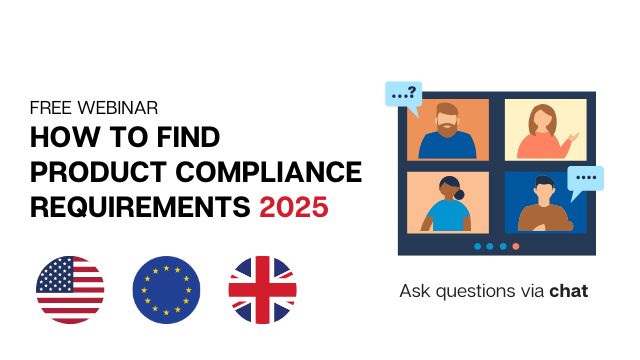
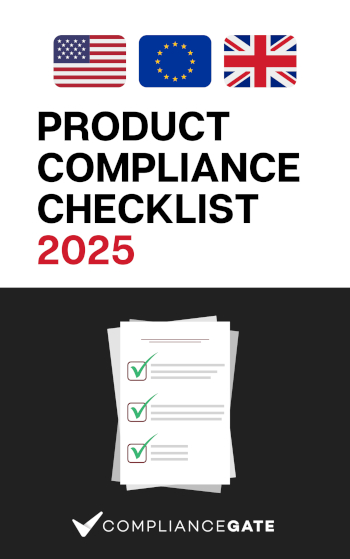




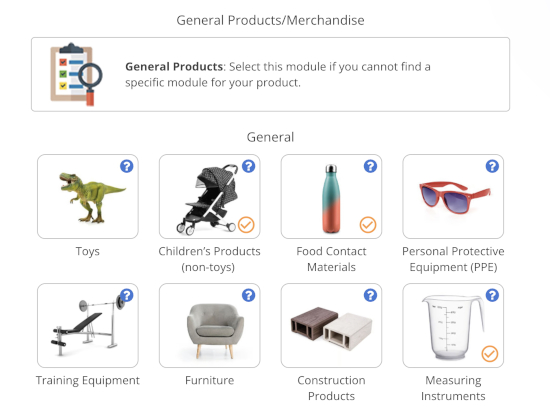






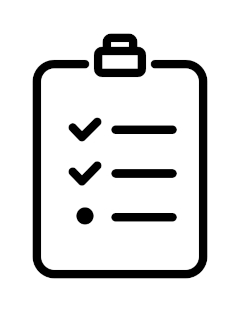


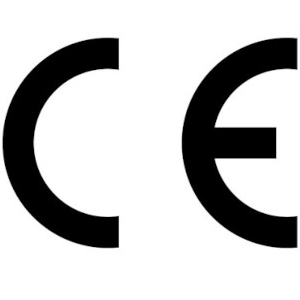




.png)
.png)
.png)
